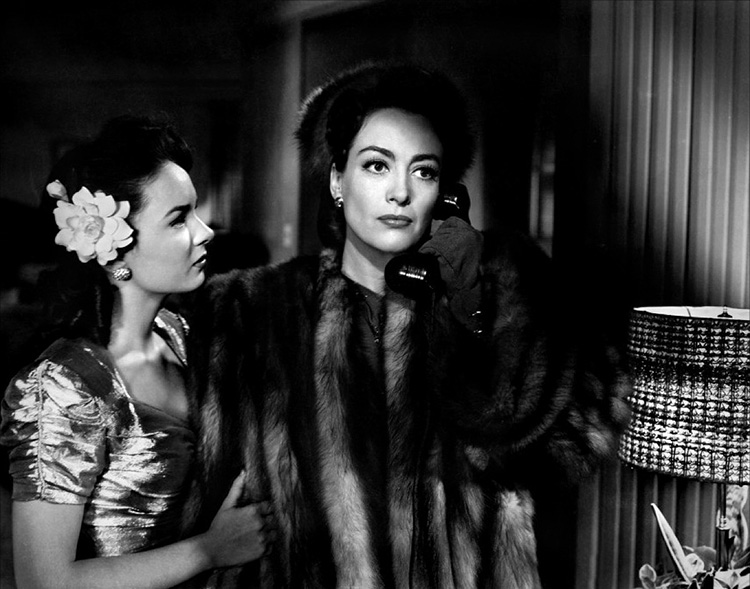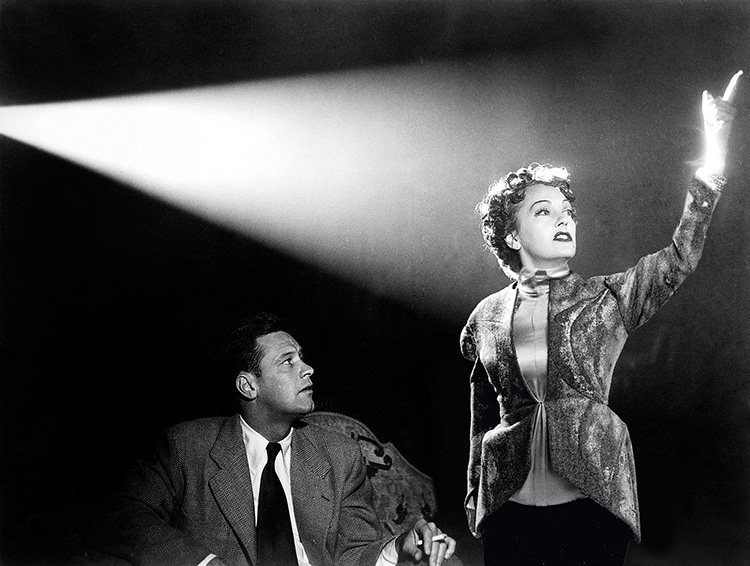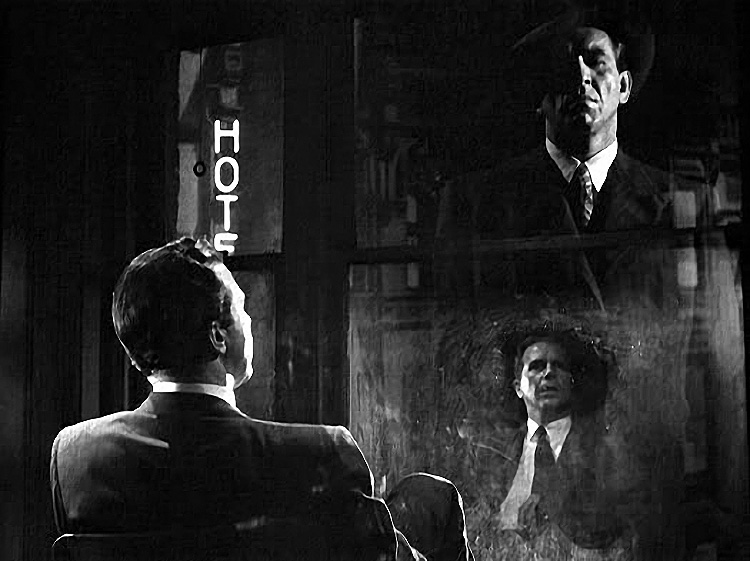
Film noir is a cinematic term used primarily to describe stylish Hollywood crime dramas particularly those that emphasize cynical attitudes. Hollywood's classical film noir period is generally regarded as extending from the early 1940s to the late 1950s. Film noir of this era is associated with a Black & White visual style that has roots in German Expressionism cinematography. Many of the prototypical stories and much of the attitude of classic noir derive from the hardboiled school of crime fiction, also known as pulp fiction, that emerged in the United States during the Great Depression. The term film noir, French for "black film", first applied to Hollywood films by French critic Nino Frank in 1946, was unrecognized by most American film industry professionals of that era. Before this term was widely adopted in the 1970s, many of the classic films noirs were referred to as melodramas. Whether film noir qualifies as a distinct genre is a matter of ongoing debate among film scholars. In order to familiarize yourself with this genre, read the following online article about Film Noir by clicking Here. In addition read pp. 376-380 in your History of Narrative Cinema textbook. There will be a quiz based on this reading on January 13, 2016. |
| Mildred Pierce (1945) - Directed by Michael Curtiz (111 minutes) |
| Joan Crawford won an Academy Award for her bravura portrayal of the title character, Mildred Pierce. Based on one of the best "pulp fiction" novels, the original James M. Cain work concerns a hard-working single mother who works her way to financial security to provide a rosy future for her beloved, but spoiled daughter Veda, Mildred inches towards disaster as her daughter grows older and becomes ever more demanding, and ever more treacherous. There is an old Spanish saying: "If you raise crows, they will peck your eyes out," and this film best illustrates what could happen when you raise a spoiled, selfish child. |

| Watch and study Mildred Pierce. There will be a quiz on this film on January 15, 2016. |
| Sunset Boulevard (1950) - Directed by Billy Wilder (110 minutes) |
| Director Billy Wilder's cynical, brilliant, but biting satire of how Hollywood can chew you up and spit you out. William Holden stars as a down-on-his luck script writer, who running away from the repo men who want to take away his car, lands in an old mansion on Sunset Boulevard where a forgotten silent film star still lives, and is planning to make a comeback. Real life has-been silent film star Gloria Swanson stars, and real-life has-been great director Erich von Stroheim is featured as her butler. Featuring cameo performances by well-known Hollywood figures: critic and columnist Hedda Hopper, film director Cecil B. De Mille, and silent film comedian Buster Keaton. |

| Watch and study Sunset Boulevard. There will be a quiz on this film on January 20, 2016. |
| Murder, My Sweet (1944) - Directed by Edward Dmytryk (95 minutes) - SUPPLEMENT |
| One of the great film noirs, based on Farewell, My Lovely, one of the best Raymond Chandler novels. Detective Philip Marlowe (Dick Powell) is hired by the oafish Moose Malloy to track down his former girlfriend. He's also hired to accompany a homosexual playboy buy back some jewels. When the exchange results in the playboy's murder, Marlowe can't leave the case alone, and soon discovers it's related to Malloy's. As he gets drawn deeper into a complex web of intrigue by a mysterious blonde (Claire Trevor), the detective finds his own life in increasing jeopardy. |

| Watch and study Murder, My Sweet. There will be a quiz on this film on January 25, 2016. |
